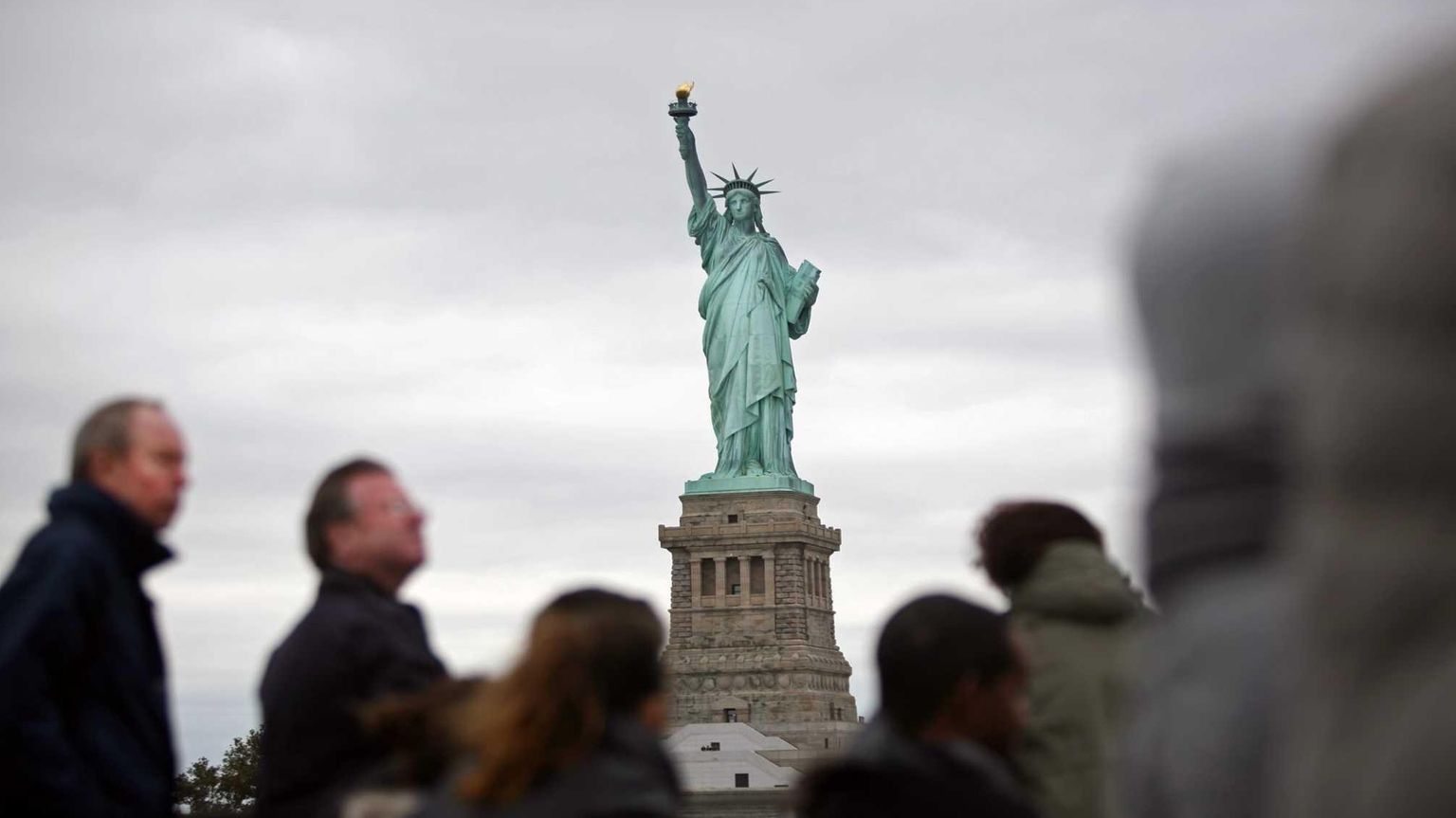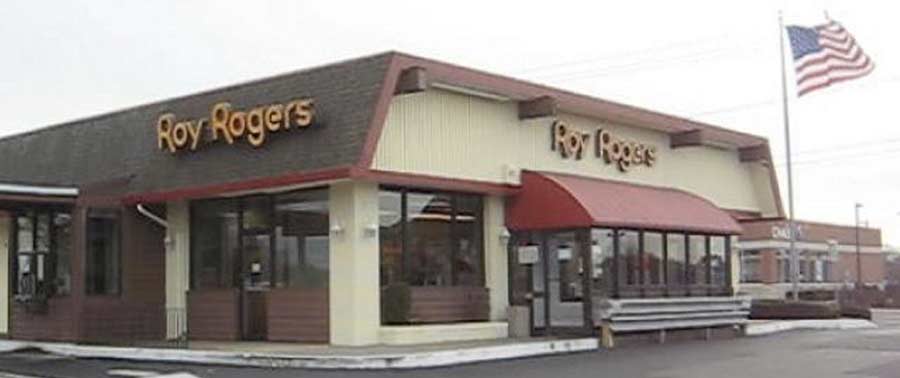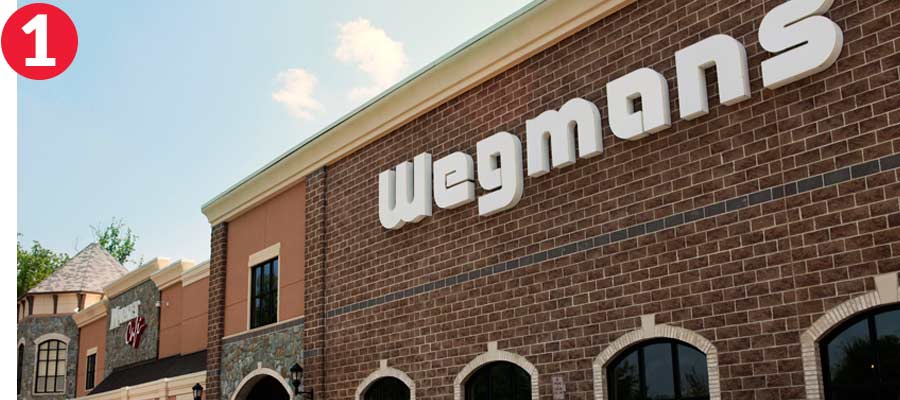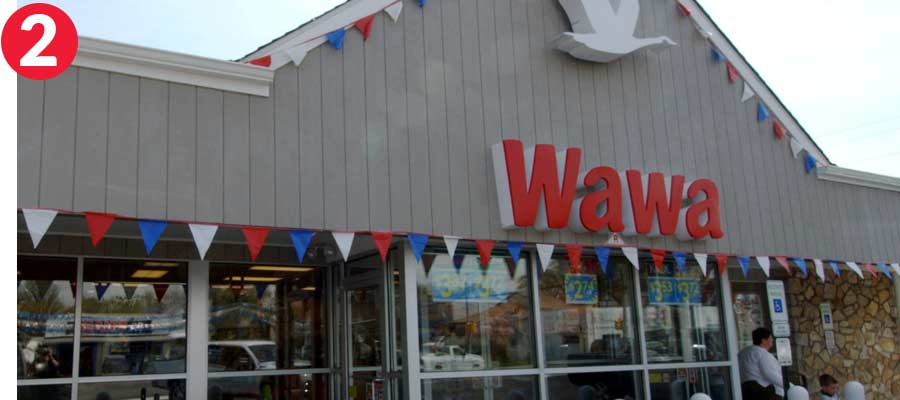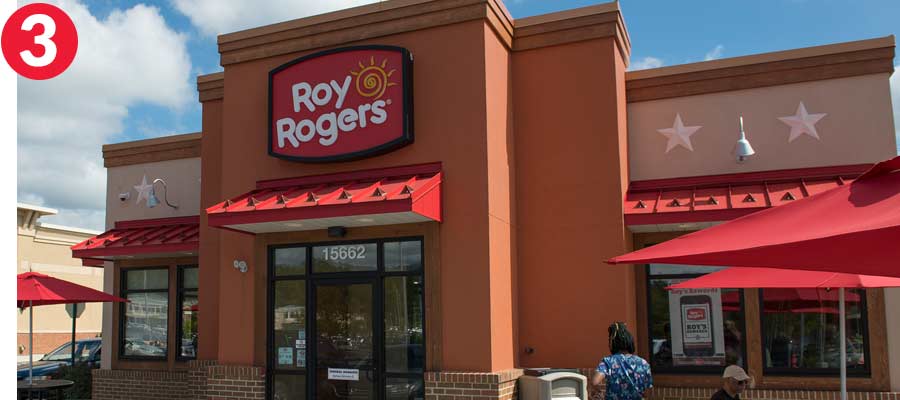Les Payne’s four-decade career at Newsday took him around the world and to the streets of American cities.
He served as a reporter, editor and wrote a column before retiring in 2006. He oversaw foreign and national coverage and was the editor or New York Newsday. He was part of the Newsday reporting team that won a Pulitzer Prize for “The Heroin Trail,” a series tracking heroin from where it was grown in Turkey to its victims on Long Island.
Payne died unexpectedly Monday night at 76. Here is a sampling of some of his work. You can follow the links in each section to read more.
The Heroin Trail
In a 33-part series that ran in 1973, Payne and his colleagues Senior Editor Robert W. Greene and reporter Knut Royce told the story of heroin on Long Island. “The full story, we believed, should focus not only on the victims of heroin but on those who profited by it,” editor David Laventhol wrote in the series introduction. The team went to the poppy fields of Turkey and followed the drug’s route to the United States. They spent three weeks learning Turkish before departing on the six-month reporting trip.
To Angry Turk Growers, Heroin is a U.S. Problem
Turkey’s opium farmers are openly resisting a U.S.-Turkish ban on growing of the poppy, Newsday reporters learned during two visits to the poppy fields last summer.
The villagers warned that unless their demands for greater technical assistance were met, they will again grow poppies from which opium, and ultimately heroin, is derived. Some officials estimated that the cost of such assistance would be $365,000,000 more than current American aid grants.
In a small village in Afyon Province, farmers showed Newsday reporters the seeds they had stored with which to grow fresh crops.
The farmers are bitter over the loss of their staple crop and believe the problem is America’s, not theirs.
“We have been cultivating opium for centuries and we villagers work with it every day,” one village leader said.
“Yet not one person in the village has ever tasted it…”
Click here to continue reading the first day of the series by Payne, Royce and Greene.
The farmers are bitter over the loss of their staple crop and believe the problem is America’s, not theirs.
Undercover with migrant workers
For one week in July 1970, Payne went undercover on a potato farm in Riverhead to report on the lives of migrant laborers. He spent the week under a pseudonym, “Bubba,” drawing from his experience as a child laborer in Tuscaloosa, Alabama, where he was paid $2 for every 100 pounds of cotton he picked. In Riverhead, Payne laid irrigation pipes in the fields. He lived, slept and listened to the stories of a colorful group of farm laborers for a story that ran across four pages in the July 11, 1970 edition of Newsday.
Waiting for the Eagle to Fly: With Nappy Chin, Hoppalong Geech and Big Momma Rock . . . Undercover at a Migrant Labor Camp
I stood ankle-deep in raw garbage on the bed of the old dump truck pitching and buckling in the chilly morning air. There was a soft drowsiness about the dawn’s virginal sunlight creeping into the streets in fresh moteless shafts.
It was 6:45 a.m. Friday, the day before the Fourth of July, the day that “the eagle flies.” Payday: the climax of the migrant laborers’ week. I had waited for the day for what seemed like a month. The other days had all been self-contained, each with its own strange beauty, each with its special heartbreak.
There were days during the week when we drained water from irrigation pipes, holding them over our heads like zoo keepers burping giant boa constrictors. Days when we ate pork scraps, drank wine at breakfast time, fought and sneaked into the drive-in movie at night. The nights at camp were the same as the days, spinning in an endless swirl of smoking, drinking and fighting, loving, shooting craps and dreaming.
Click here to continue reading the series.
I had waited for the day for what seemed like a month. The other days had all been self-contained, each with its own strange beauty, each with its special heartbreak.
The columns
Payne was known as a champion for racial equality and his widely read opinion column was renowned for incisive critiques. Writing of his own lens through which he viewed — and wrote about — the world, Payne harked back to his growing up in Tuscaloosa, Alabama. “As a columnist, I draw from that deep, murky well that was Tuscaloosa, my adolescent days in Hartford, a hitch as an artillery Ranger captain in Texas and Vietnam, my years as an itinerant correspondent at home and overseas — my life growing up in black America.” Here are a few excerpts from his columns:
Les Payne on the racial beating of a black Marine and a white friend at a Centereach bar in a Sept.12, 1999, Newsday column:
By the time police restored what passes for order in these parts, Jean-Pierre and his buddies were hospital-bound, nursing a broken nose, bruises, burning eyes. Given the fury of the mob attack and the provocative slurs, Suffolk police concluded that the only reason Jean-Pierre was attacked was because he was black. “Could this be possible on Long Island? Granted this model of America’s suburbia was created as an exclusive white township, but that was 50 years ago. Those ostriches serving on lily-white town boards — not to mention certain other Long Island power brokers — would suggest that this incident could have been a mere anomaly. “The attack in the Road House is but a blunt metaphor for what African-Americans face daily in this suburbian Valhalla. It’s an experience I’ve worked mightily, against extraordinary resistance, to expose in this space over the years.”
Payne on the police beating of Rodney King in a March 10, 1991, column:
“There is a gathering of rage out there among African-Americans who truly suffer from such widespread injustice. Should it continue to go unpunished, it might well explode – and one day soon.”
Payne writing on Sept. 23, 1990, about experiencing housing bias on Long Island in the 1970s:
“After class, we sped through the night’s drizzle and bounced up the stairs to the landlady’s flat. When she opened the door I saw the look that I have seen often on the face of my white countrymen. It was the look of rejection, hatred, scorn, dread, contempt, pale ire, even fear. There was no mistaking it. ”’I’m sorry, the place is rented,’” she said. “You can have your deposit back.”
Payne in a column on June 16, 2008, on the possibilty of America electing its first black president:
“The election of Barack Obama as president would no more end the racial divide in America than the fielding of Jackie Robinson as a Brooklyn Dodger did back in 1947. … Voters may well see Obama as the better hope for the nation not because of his race but despite it. If nothing else, eight years of Bush-Cheney have shown that being white is just not enough.”
When she opened the door I saw the look that I have seen often on the face of my white countrymen. It was the look of rejection, hatred, scorn, dread, contempt, pale ire, even fear.
Soweto
In 1976, Payne went on an extensive trip of South Africa and filed a series of reports on the Soweto uprising. Among wider grievances against the government’s racial discrimination, the youth were protesting that South African whites between the ages of 7 and 16 were required to go to school, while education for blacks was discouraged. Police would go on to raid homes and arrest teenagers. Many of the youth went into hiding. Hundreds of students would flee the state. Hundreds would be killed — a toll the government would attempt to conceal, Payne reported.
On the run in Soweto
Tihopheto Modise, 17, is hiding and running from the South African police. He is a high school student and a leader of the activist group that organized student boycotts here and workers’ strikes in Johannesburg.
Most Soweto student leaders are in jail. Others, like Modise, are hotly pursued by police. The remainder have fled to Europe and other African states. Swaziland granted asylum to 92 Soweto student leaders on Wednesday.
Modise is well known to the police. A slim, handsome African, he seems unconcerned about the dangers of his life as a fugitive. He dresses casually in turtleneck sweaters and slacks, avoiding the dashikis and sandals police consider to be the uniform of militants.
Click here to read more from Payne’s reporting in Soweto.








